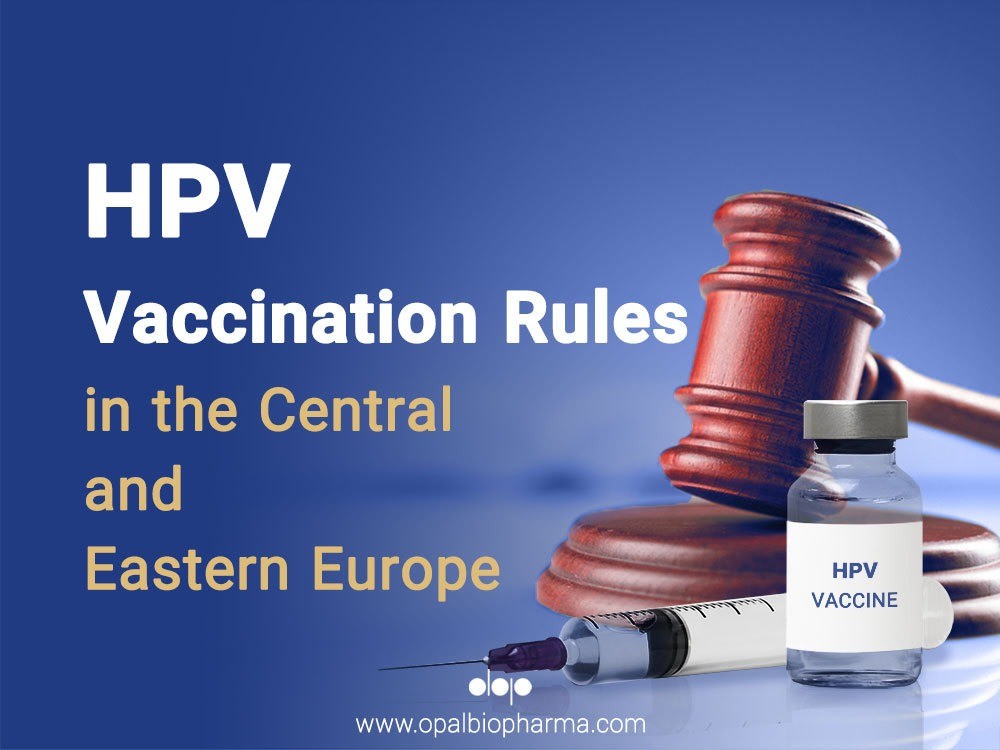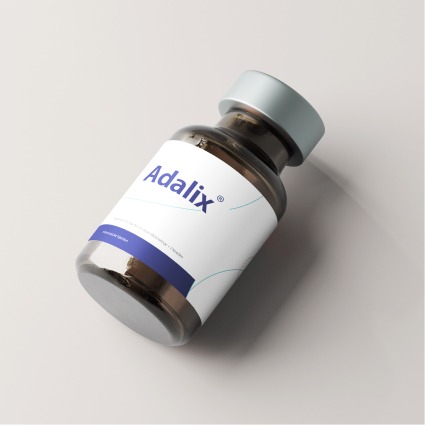Introduction
The significance of HPV vaccination rules in Central and Eastern Europe cannot be overstated, given the prevalence of the human papillomavirus (HPV) as a global health concern. These rules are vital in preventing HPV-related cancers in a region where HPV is the most common sexually transmitted infection. The World Health Organization (WHO) recommends vaccination for all children aged 9-14. Yet, adherence to these rules varies, with HPV vaccination coverage in Central and Eastern Europe generally lagging behind Western European standards.
National Programs
In detailing HPV vaccination rules in Central and Eastern Europe, it’s noteworthy that several countries have established comprehensive national HPV vaccination programs. These rules are crafted with precision, aiming to target girls and boys aged 9-14, a demographic strategically chosen based on the onset of puberty and potential exposure to HPV. By focusing on this age group, the rules ensure that the vaccine is administered well before most individuals become sexually active, offering them crucial protection against potential HPV-related cancers later in life. This preemptive approach is fundamental to the public health strategy in the region, where increasing the vaccination rate is a priority. The establishment and enforcement of these rules are vital to achieving herd immunity, lowering the overall incidence of HPV, and ultimately reducing the burden of cervical and other HPV-related cancers. Through these rules, Central and Eastern European countries are making significant strides in safeguarding the health of future generations.
Target Populations and Schedules
HPV vaccination rules in Central and Eastern Europe specify target populations and vaccination schedules. While most countries focus on girls aged 9-14, some extend their rules to include boys, promoting widespread immunity. The vaccination schedules under these rules typically involve a two-dose regimen, although some vary, reflecting the nuanced approaches within the rules governing different nations.
Country-Specific Regulations
Each country within Central and Eastern Europe enforces its own HPV vaccination rules. For instance:
- Armenia: Adheres to a two-dose HPV vaccination rule for girls aged 9-14.
- Czech Republic: Follows similar rules but has expanded them to include boys, addressing gender disparities in vaccination rates.
- Georgia & North Macedonia: Their HPV vaccination rules mirror those of the Czech Republic, underscoring the inclusive nature of the programs.
- Latvia: Broadens the age range in its HPV vaccination rules, targeting girls aged 12-18.
- Slovenia: Implements HPV vaccination rules focusing on all 12-year-olds for vaccination, with notable success.
- Uzbekistan: Demonstrates exemplary adherence to HPV vaccination rules, achieving over 90% coverage for the first dose among targeted age groups.
Challenges to Implementing HPV Vaccination Rules in Central and Eastern Europe
Despite established HPV vaccination rules in Central and Eastern Europe, the path to widespread compliance is fraught with obstacles. Challenges such as a pervasive lack of awareness among the general populace undermine the efforts to follow these rules. Misinformation and doubts about the vaccine’s efficacy and safety contribute to vaccine hesitancy, a significant barrier to the implementation of HPV vaccination rules. Logistical barriers, including inadequate healthcare infrastructure and uneven distribution of services, further complicate the execution of these rules, especially in remote or underserved areas. Furthermore, the financial aspect of HPV vaccination cannot be ignored. The cost associated with the vaccine poses a substantial impediment to adherence to the HPV vaccination rules, especially in regions where government subsidies do not fully cover the vaccine, leaving a gap in public health protection. These challenges necessitate a multifaceted approach to strengthen the observance of HPV vaccination rules across Central and Eastern Europe.
Enhancing Compliance with HPV Vaccination Rules in Central and Eastern Europe
Efforts to bolster compliance with HPV vaccination rules in Central and Eastern Europe are diverse and comprehensive. Educational campaigns play a pivotal role, aiming to demystify the vaccine and illuminate its benefits for public health. These campaigns are designed to reach a broad audience, dispelling myths and instilling a sense of urgency about the importance of adhering to HPV vaccination rules. Training for healthcare professionals is also crucial, equipping them with the necessary information and tools to advocate for vaccination and navigate the concerns of patients and guardians. Improving the accessibility of vaccination services is another key strategy, ensuring that even those in remote or economically disadvantaged areas can comply with the HPV vaccination rules. Financial strategies are also employed to alleviate the cost burden, such as seeking subsidies, implementing national funding programs, or negotiating with vaccine suppliers to lower prices, thus making adherence to HPV vaccination rules a more achievable goal for all.
The Role of Opal Bio Pharma in Upholding HPV Vaccination Rules in Central and Eastern Europe
Opal Bio Pharma plays a crucial role in supporting HPV vaccination rules in Central and Eastern Europe. The company’s development of affordable biosimilar vaccines is key to increasing adherence to these rules. Their collaborative efforts with governments and healthcare organizations are pivotal in expanding access to HPV vaccination services and ensuring that the rules are followed for the benefit of public health.
Conclusion
Upholding HPV vaccination rules in Central and Eastern Europe is essential for mitigating the impact of HPV-related diseases. Through collaborative efforts and a commitment to these rules, Central and Eastern Europe can expect to see a decrease in the incidence and severity of HPV-related health issues. The steadfast work of entities like Opal Bio Pharma in promoting and facilitating adherence to these rules will continue to be indispensable in the pursuit of improved public health outcomes.

